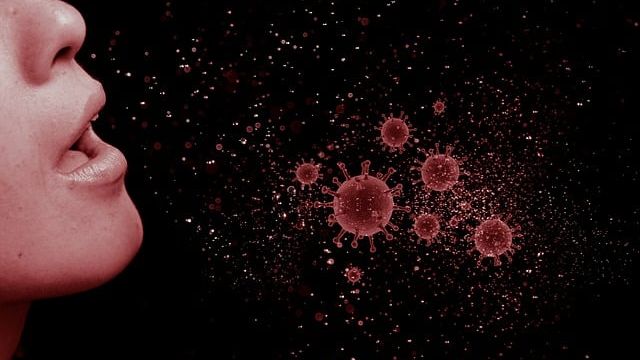Trending News
News

News
New Model Helps Predict Whether Antibodies Can Reach the Brain
Researchers have developed a simple and effective artificial blood-brain barrier model that can be used to determine how well antibody-based therapies can enter the brain.

News
Infectious Disease Spread Tracking Simplified
A new computational method simplifies the analysis of social contacts, proving useful to study how viruses spread in society and how we can stop them.

News
The Hunt for Influenza's Achilles' Heel
Researchers found 59 modifications to the polymerase of influenza A virus that are transmitted by proteins in the host cells, which, unlike the virus, cannot mutate rapidly, offering a promising therapeutic approach.

News
New Antibody Neutralizes Multiple Types of Snake Neurotoxin
A prototype antibody therapy has been developed that can neutralize neurotoxins from multiple snake species, which the researchers hope will provide the basis for more effective treatments for snakebite victims.

News
Immune Cells Can Cause Harm in Hypertension
Hypertension can damage the heart, brain, and blood vessels. The immune system plays an important role in this process, research has shown, with inflammation causing macrophages to damage blood vessels instead of protecting them.

News
New Biomarkers Could Predict Future Allergic Conditions
Researchers have identified an immune and lipid profile on the surface of the skin of infants that can predict the development of atopic dermatitis months before the onset of clinical illness.

News
Psyllium Fiber Protects Against Ulcerative Colitis in Mice
Psyllium fiber protects against ulcerative colitis and suppresses inflammation by activating the bile acid nuclear receptor, a mechanism that was previously unrecognized, according to new research.

News
Heavy Metals Detected in Water With an E. coli-Based Biosensor
E.coli exhibit a biochemical response to metal ions, which researchers have been able to detect and use to identify heavy metals in water.

News
Brewer’s Yeast May Prevent Airway Inflammation in Asthma
A recent study in mice has suggested a daily dose of brewer’s yeast – a strain used to make the Brazilian spirit cachaça – may help to protect against airway inflammation observed in asthma.

News
Bat Induced Pluripotent Stem Cells Created
Researchers from the Icahn School of Medicine at Mount Sinai have generated the first induced pluripotent stem cells (iPSCs) from bats, gaining valuable insights into the close relationship between bats and viruses.
Advertisement




